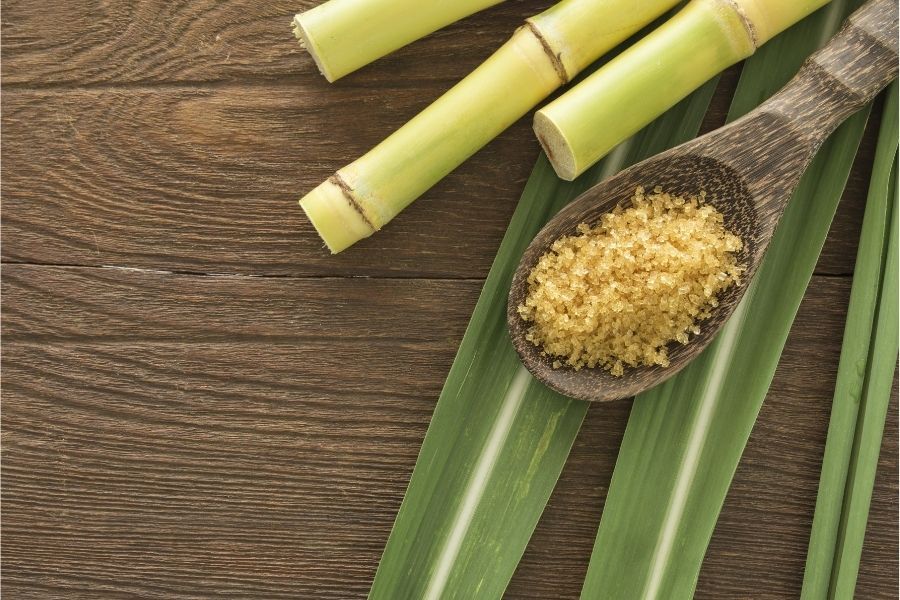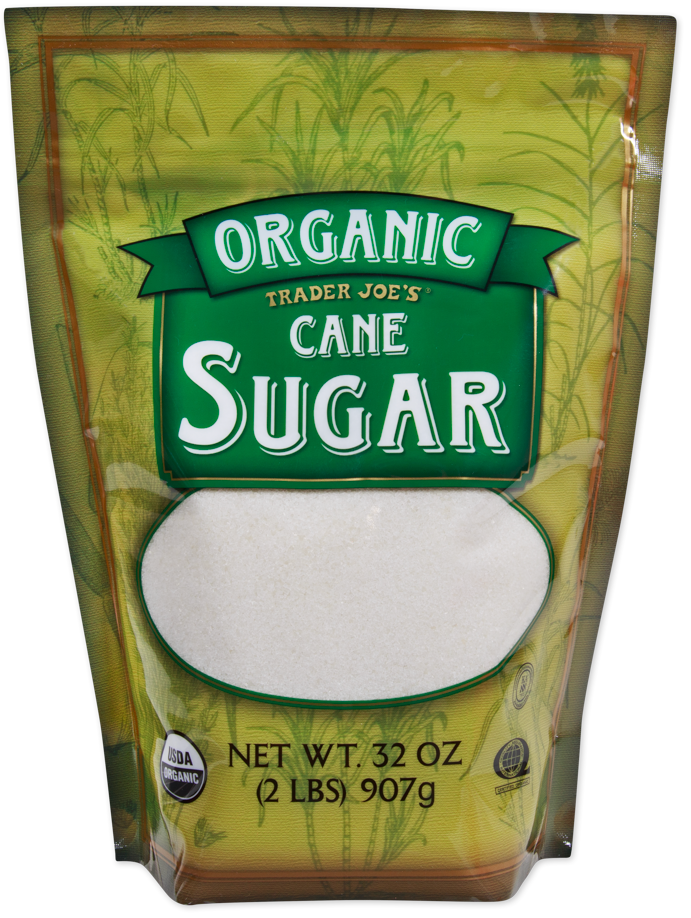Cane Sugar Processing: Trick Technologies for Superior Sugar Manufacturing
Cane Sugar Processing: Trick Technologies for Superior Sugar Manufacturing
Blog Article
Recognizing the Critical Strategies and Technologies Employed in Modern Walking Cane Sugar Handling
The development of walking cane sugar handling has been considerably formed by the assimilation of advanced techniques and innovations that resolve both efficiency and sustainability. As we explore these vital improvements, it comes to be crucial to analyze how they not just enhance production however likewise line up with more comprehensive industry trends and customer needs, increasing concerns about the future of sugar processing and its ramifications for global markets.
Historical Context of Walking Cane Sugar Handling
The historical context of walking cane sugar processing reveals a rich tapestry of farming technology and social exchange that has shaped its growth over centuries. Stemming in Southeast Asia, sugarcane was cultivated as early as 8000 BCE - Cane Sugar Processing. The process of improving and drawing out sugar acquired energy in India, where approaches for crystallization were refined around the sixth century. This understanding traversed to the Center East, and by the 12th century, sugar ended up being a valued product in Europe, causing the establishment of sugar haciendas in the Mediterranean.

Advanced Extraction Methods
Efficiency in walking stick sugar removal has actually seen significant advancements, driven by the demand for higher returns and reduced production costs. This method not only raises sugar yield yet also lowers the energy needed for processing.
In addition, the adoption of membrane layer purification technologies, such as nanofiltration and turn around osmosis, has reinvented the separation of sugar from pollutants. These approaches enable for the selective permeation of sugar molecules while maintaining bigger contaminants, simplifying the extraction procedure and reducing waste.
In addition, the integration of constant removal systems has caused enhanced functional efficiency. Cane Sugar Processing. These systems preserve a continuous circulation of cane product, guaranteeing optimum extraction conditions and minimizing downtime connected with batch handling
Innovative Refining Technologies
Refining techniques in cane sugar handling have actually gone through a transformative shift, driven by the need for greater purity and improved item top quality. One of the most significant technologies is the fostering of membrane layer filtering modern technologies, such as ultrafiltration and nanofiltration. These processes efficiently remove contaminations and colorants without the requirement for considerable chemical treatments, thereby protecting the sugar's natural flavor and boosting its allure.
One more considerable innovation is making use of ion exchange materials, which permit discerning removal of unwanted ions from sugar options. This modern technology not only enhances the overall pureness of the last product however also adds to decreased waste and ecological impact.
Additionally, improvements in adsorption techniques, making use of activated carbon and other advanced products, have actually verified effective in decolorizing sugar options while preserving optimal quality. The integration of these ingenious refining innovations guarantees that manufacturers can produce polished sugar with remarkable clarity and taste, fulfilling the evolving choices of customers.
Automation and Control Solution
Recent advancements in refining innovations have actually led the way for considerable enhancements in automation and control systems within walking cane sugar handling centers. These systems utilize advanced software application and equipment to enhance functional performance, lower human mistake, and ensure consistent item top quality.
Modern automation integrates various elements, including sensors, actuators, and programmable logic controllers (PLCs), allowing real-time tracking and control of important procedures. For example, pressure, circulation, and temperature level prices can be exactly controlled throughout extraction, information, and formation stages, optimizing performance and reducing waste.
Moreover, advanced information analytics and equipment discovering you could try these out algorithms play a pivotal duty in predictive maintenance, allowing drivers to expect equipment failings this link prior to they occur. This positive approach not just decreases downtime but additionally prolongs the lifespan of equipment.
Furthermore, automation facilitates the execution of Market 4.0 principles, encouraging sugar mills to achieve greater connection and information exchange throughout processes. As a result, decision-making ends up being more enlightened and dexterous, inevitably boosting the overall competition of walking stick sugar manufacturing. With these advancements, the market is well-positioned to meet expanding worldwide needs while keeping functional excellence.
Sustainability Practices in Sugar Manufacturing
Sustainability methods in sugar production have come to be increasingly essential as the market looks for to balance financial viability with ecological duty. As consumer understanding grows regarding the ecological influences of agricultural methods, sugar manufacturers are embracing cutting-edge methods to decrease their eco-friendly footprint.
One significant method is the execution of accuracy agriculture techniques, which use information analytics to enhance resource use, such as water and fertilizers. This minimizes waste and minimizes the effect on neighborhood ecosystems. Moreover, numerous producers are transitioning to sustainable power resources, such as biomass from sugarcane by-products, to power their operations, thereby reducing dependence on nonrenewable fuel sources.
Water administration methods are additionally vital; rain harvesting and efficient watering systems aid alleviate water shortage problems. Cane Sugar Processing. In addition, incorporated bug management methods reduce chemical usage, advertising biodiversity and dirt health and wellness
Business social responsibility initiatives are arising, with firms buying regional communities and guaranteeing fair labor techniques. By accepting these sustainability methods, the sugar market not only boosts its online reputation however also adds to an extra lasting farming landscape, leading the way for future generations.

Conclusion
In recap, modern walking cane sugar handling incorporates a variety of innovative strategies and technologies that substantially boost yield, sustainability, and efficiency. Jointly, these advancements position the cane sugar industry to meet contemporary needs while resolving critical global challenges.
The evolution of cane sugar handling has actually been substantially shaped by the integration of innovative techniques and technologies that address both performance and sustainability.The historic context of walking stick sugar handling exposes a rich tapestry of agricultural development and cultural exchange that has actually formed its visite site advancement over centuries. Innovations in milling and refining arised, laying the groundwork for modern walking cane sugar handling.Refining methods in cane sugar handling have undergone a transformative shift, driven by the need for greater purity and improved item high quality.In summary, modern-day cane sugar handling integrates a range of innovative methods and innovations that considerably enhance return, sustainability, and effectiveness.
Report this page